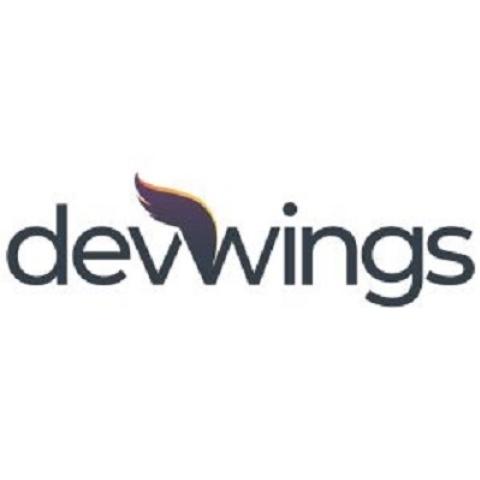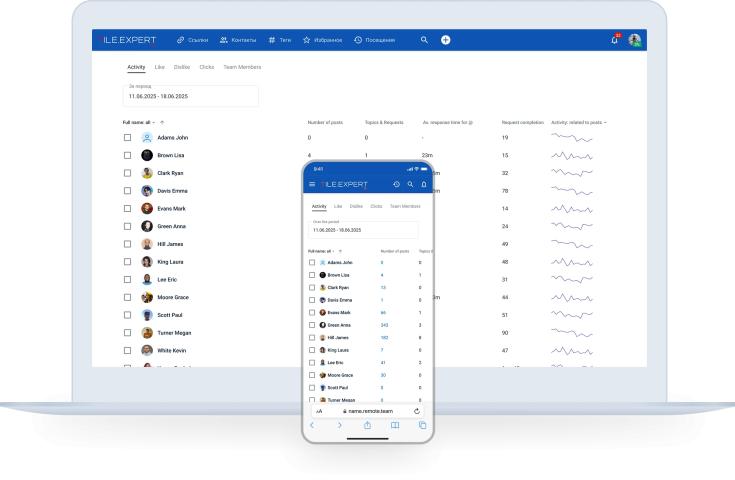In today's highly competitive
digital landscape, generating high-quality leads is essential for any business
striving to succeed. The process of attracting potential customers, nurturing
them, and converting them into loyal clients can be time-consuming without the
right tools. This is where lead generation software
tools come in, offering businesses the ability to streamline the lead
generation process and improve their marketing
strategies. In this blog, we’ll dive into how you can maximize your Return
on Investment (ROI) with the help of the top 10 lead generation software tools
available today. We will also discuss the importance of calculating leads and
setting goals to ensure that these tools are being used to their full
potential.
Why Lead Generation Software Tools are Essential for Businesses
At its core, lead generation is
about identifying potential customers who have expressed interest in your
product or service. While the idea of generating leads might seem
straightforward, achieving consistent results can be challenging without the
right lead generation software tools. These tools automate many aspects of the
lead generation process, from collecting contact information to scoring leads
based on their behaviour and engagement.
Effective lead generation
software tools not only save time but also increase the efficiency of your
marketing campaigns. With the right system in place, your business can automate
lead nurturing and follow-ups, allowing your sales team to focus on closing
deals rather than constantly chasing down leads.
By choosing the right software,
businesses can track important metrics, optimize their marketing strategies,
and ultimately maximize their ROI. Let’s take a look at how the top 10 lead
generation software tools can help you achieve this.
Top 10 Lead Generation Software Tools to Maximize Your ROI
- HubSpot
HubSpot is one of the most popular lead generation software tools, offering a comprehensive marketing suite that includes tools for email marketing, landing page creation, and social media management. HubSpot’s inbound marketing automation helps attract, engage, and nurture leads at every stage of the funnel. With its CRM functionality, you can track and manage leads in real-time, enabling personalized communication that drives conversions. - LinkedIn
Sales Navigator
LinkedIn is a goldmine for B2B lead generation, and LinkedIn Sales Navigator is the tool that maximizes this potential. It helps businesses find and connect with prospects by using LinkedIn’s robust search features. This lead generation tool helps you build relationships and gather insights about your leads, making your outreach efforts more targeted and effective. - OptinMonster
OptinMonster is an excellent lead generation software tool for capturing leads from your website. With its powerful exit-intent technology, OptinMonster enables you to convert abandoning visitors into potential leads by offering them a special deal or a targeted message. It also allows you to segment your audience for better-targeted lead nurturing. - Leadfeeder
Leadfeeder connects with Google Analytics to help businesses identify the companies visiting their website. It tracks user behavior and offers insights into which companies might be the best fit for your product or service. With this information, you can reach out to warm leads who have already shown interest in your offerings, improving your ROI. - ActiveCampaign
ActiveCampaign combines email marketing with powerful automation features to help businesses generate and nurture leads. Its advanced automation workflows help businesses send targeted emails to different segments of their audience based on their behavior. By creating personalized experiences, ActiveCampaign enhances lead conversion and increases ROI. - Pardot
(by Salesforce)
Pardot is a B2B lead generation software tool that’s ideal for businesses that already use Salesforce. Pardot’s lead management system allows you to track prospects’ behavior, create custom landing pages, and automate email marketing campaigns. Pardot helps optimize your lead nurturing process by scoring leads based on their engagement, ensuring that your sales team focuses on the most qualified leads. - Unbounce
Unbounce is a landing page builder that helps businesses create high-converting pages for lead generation. With its drag-and-drop interface and A/B testing features, businesses can quickly test different landing page designs to see which ones perform best. Unbounce integrates with various marketing tools, making it a great addition to your lead generation software stack. - Intercom
Intercom is a messaging platform that allows businesses to interact with website visitors in real time. Through chatbots and live chat features, Intercom helps businesses capture leads by answering questions, guiding users, and offering personalized product recommendations. Intercom’s targeted messaging ensures that leads receive relevant content, increasing the likelihood of conversion. - Zoho
CRM
Zoho CRM is an all-in-one lead generation and customer relationship management tool. It offers features such as lead tracking, email marketing, and workflow automation. Zoho CRM also integrates with a variety of third-party apps, allowing businesses to easily import leads from multiple channels. With its reporting tools, businesses can track their lead generation campaigns and measure their ROI. - Sumo
Sumo is a powerful lead generation tool that helps businesses grow their email list through opt-in forms, welcome mats, and pop-ups. With its user-friendly interface and integrations with popular email marketing platforms, Sumo makes it easy to capture leads and integrate them into your marketing automation workflows.
How to Calculate Leads and Set
Goals for Effective Lead Generation
Maximizing ROI with lead
generation software tools requires more than just using the tools themselves.
You must also calculate leads and set measurable goals to gauge success. Here’s
how you can approach these key aspects:
- Calculating
Leads
Calculating leads involves tracking the number of potential customers generated through your lead generation efforts. This can include website visitors, email subscribers, social media followers, and others who have shown interest in your business. It’s crucial to use analytics tools, such as those offered by many lead generation software tools, to track where your leads are coming from and which channels are the most effective.
By tracking your leads, you can
gain valuable insights into your marketing campaigns, optimize your strategies,
and focus on the channels that provide the highest ROI.
- Setting
Lead Generation Goals
Setting goals is vital to any marketing strategy. In lead generation, your goals should be aligned with your overall business objectives. For example, if your business aims to increase sales by 20% in the next quarter, your lead generation goal should focus on increasing the number of qualified leads by a corresponding percentage.
SMART goals—Specific, Measurable,
Achievable, Relevant, and Time-bound—are a great framework to follow. For
instance, you could set a goal to generate 500 qualified leads through email
marketing in the next three months. This approach ensures that your lead
generation activities remain focused and measurable, helping you track ROI
effectively.




